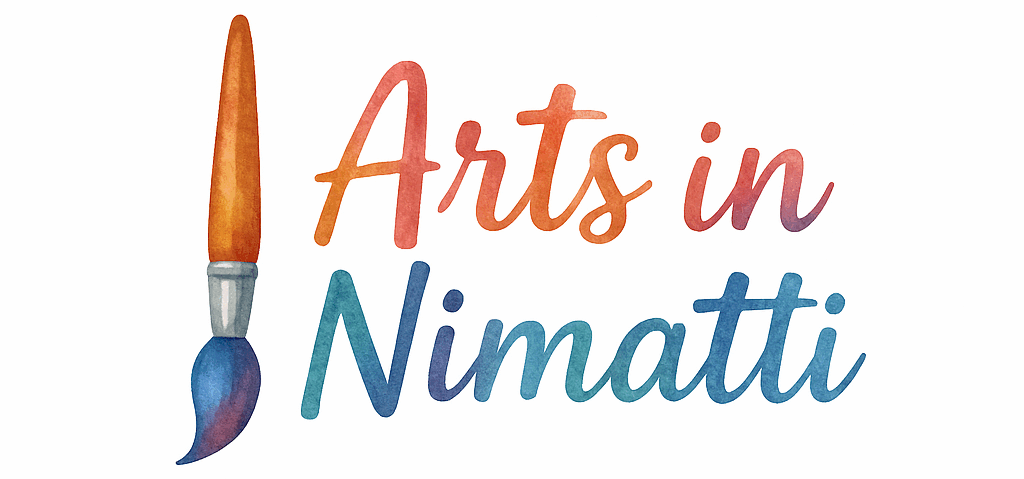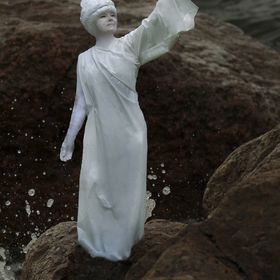Introduction
Ever look at a drawing and think, “Whoa, that looks real!”? Odds are, the magic behind that realism lies in shading. Mastering shading techniques is like learning the secret sauce of drawing — it’s what gives flat images depth, emotion, and life.
In this guide, we’re diving into 8 powerful shading techniques that’ll instantly level up your artwork. Whether you’re sketching a face, a tree, or a teacup, these tools are your path to making your drawings jump off the page.
Let’s turn your sketches from “nice” to “dang, that’s photorealistic!”
1. Hatching
What is Hatching?
Hatching is one of the simplest and oldest shading methods. It involves drawing parallel lines closely together. The closer the lines, the darker the shade.
Think of it like combing your paper with a pencil — the more strokes, the denser the shadow.
When to Use Hatching
Use hatching when you want to:
- Add texture
- Emphasize direction
- Keep things loose and expressive
This method is perfect for quick studies and stylized works.
2. Cross-Hatching
Cross-Hatching Explained
Take hatching and crank it up a notch. Cross-hatching layers two or more sets of intersecting lines, often at right angles. This creates more complexity and depth.
It’s like weaving shadows into your drawing.
Layering Depth with Cross-Hatching
Want a shadow to fade gradually? Just reduce the number of lines as you move toward the light. Boom — instant gradient.
Use cross-hatching to show contours in faces, folds in clothes, or texture in fur.
3. Blending
Tools for Blending
This technique is all about smoothing graphite or charcoal to create soft transitions. Here’s what you’ll need:
- Blending stumps (aka tortillons)
- Tissue paper
- Fingers (classic!)
- Cotton swabs
Tips for Smooth Blending
- Shade lightly with your pencil.
- Use circular motions when blending.
- Always blend in the direction of your form.
Be subtle. Don’t rub it into oblivion. And remember — less is more.
Explore more on art techniques for ideas.
4. Stippling
Creating Texture with Dots
Stippling is all about patience. You shade by making thousands of tiny dots. Closer dots = darker areas. Spread out = lighter tones.
It’s like pointillism’s serious cousin.
Pros and Cons of Stippling
Pros:
- Amazing for texture
- Unique visual style
Cons:
- Time-consuming
- Hard to correct mistakes
Still, it’s worth trying — stippling can add stunning detail to your portfolio. Want more inspiration? Check out artist lifestyle for unique approaches like this.
5. Scumbling
The Scribble Effect
Scumbling is the art of controlled scribbling. It may look messy, but trust us, it’s intentional. You’re layering irregular circular or looping lines to build texture and value.
It’s wild, but in a good way.
Adding Emotion and Movement
This technique adds rawness and energy. Great for drawing:
- Hair
- Grass
- Rough surfaces
- Abstract forms
Let the chaos guide your creativity!

6. Contour Shading
Enhancing Form and Curves
Contour shading follows the natural shape of your subject. Rather than shading flatly, you’re curving your strokes to mimic the 3D form.
Think of tracing the bumps on a balloon.
Best Subjects for Contour Shading
- Faces
- Muscles
- Draped fabric
This adds dimension and elegance — especially when paired with art classes focused on figure drawing.
7. Highlighting & Erasing
Using Erasers to Create Light
Yes — you can “draw” with an eraser! After laying down some value, use a kneaded eraser to lift graphite and create highlights.
Magic trick? Kinda feels like it.
Strategic Placement of Highlights
Add highlights on:
- Tips of noses
- Reflections in eyes
- Edges of metal or glass
It brings a dynamic pop and realism to your drawings. Explore more under art tutorials.
8. Gradation (Gradient Shading)
Transitioning from Light to Dark
This is where smoothness reigns. Gradation is a gradual change in tone — from light to dark — used to show form, depth, and light.
Think of a sunset fading into night.
Tools for Gradation
- Soft graphite pencils (B range)
- Blending stumps
- Smooth paper (like Bristol)
Use this in nearly every subject — from still life to fantasy art.
Final Touches for Realism
Adding Texture, Details, and Shadows
Now that you’ve nailed the shading, don’t skip the finishing flourishes:
- Textures (wood grain, skin pores)
- Crisp edges and blurred zones
- Deep core shadows
Realism lives in the tiny details. Want to study this further? Peek into the world of art education.
Common Mistakes to Avoid
Overblending, Uneven Pressure, Overworking
Let’s avoid the rookie mistakes:
- Don’t overblend: It kills contrast.
- Watch your pressure: Too much = dents.
- Don’t overwork areas: Paper has limits!
Being gentle and intentional makes all the difference.
How These Techniques Work Together
Combining Techniques for Maximum Impact
Want your drawings to pop? Mix it up:
- Use hatching with contour shading.
- Blend some areas, stipple others.
- Throw in highlights to push depth.
Think of each technique as a tool in your creative toolbox.
Explore how these blend into your creative habits.
Recommended Resources for Artists
Classes, Inspiration, and Tools
Get more out of your shading journey by checking:
And if you’re considering the biz side, head over to art business.
Conclusion
Shading isn’t just about shadows — it’s about storytelling. It’s how you make your art speak, breathe, and feel. Master these 8 shading techniques, and you’ll go from sketching stick figures to creating dimensional, lifelike works of art.
Ready to draw like a pro? Grab your pencils and start experimenting. And remember — your eraser is a brush, your lines are light, and your imagination is limitless.
Explore more ideas, tips, and artist stories at Arts in Nimatti!
FAQs
1. What’s the easiest shading technique for beginners?
Hatching is a great start. It’s simple, effective, and helps train your hand control.
2. How do I choose the right shading technique?
It depends on the subject, mood, and texture. Try combining several techniques for more depth.
3. Can I use these techniques with colored pencils?
Absolutely! Most of these shading styles translate beautifully with colored mediums.
4. What’s the best paper for shading?
Bristol, smooth drawing paper, or medium-tooth sketch pads work great depending on your medium.
5. Should I blend with my fingers?
You can, but it’s better to use a blending stump for more control and cleanliness.
6. How do I keep my shading consistent?
Practice pressure control and keep your pencil sharp for consistent results.
7. Where can I learn more about shading and drawing?
Check out art tutorials, art education, and art history sections on Arts in Nimatti!

